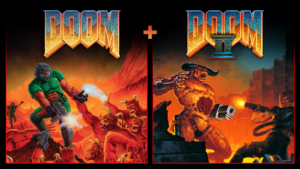A diffusion model is a type of generative model used in machine learning to create data, such as images, by iteratively refining noise into a structured output. Inspired by physical diffusion processes, these models simulate how data distributions evolve over time, starting with random noise and gradually recovering the desired data.
How It Works:
- Forward Process: Adds small amounts of noise to training data in a step-by-step manner, corrupting it into pure noise while learning the distribution of the original data.
- Reverse Process: Learns to progressively denoise the corrupted data, reconstructing it step-by-step into its original form or generating new data from random noise.
- Optimization: Trains the model using techniques like score matching to ensure accurate reconstruction.
Applications:
- Image Generation: Creating high-quality images, such as in DALL-E and Stable Diffusion.
- Video Synthesis: Generating realistic video sequences.
- Text-to-Image Models: Producing images based on textual descriptions.
- Molecular Modeling: Designing chemical structures or proteins.
Why It Matters:
Diffusion models represent a breakthrough in generative AI, offering high-quality outputs with fewer artifacts compared to earlier methods like GANs. Their ability to produce realistic and diverse data has significant implications for industries like entertainment, healthcare, and design.



